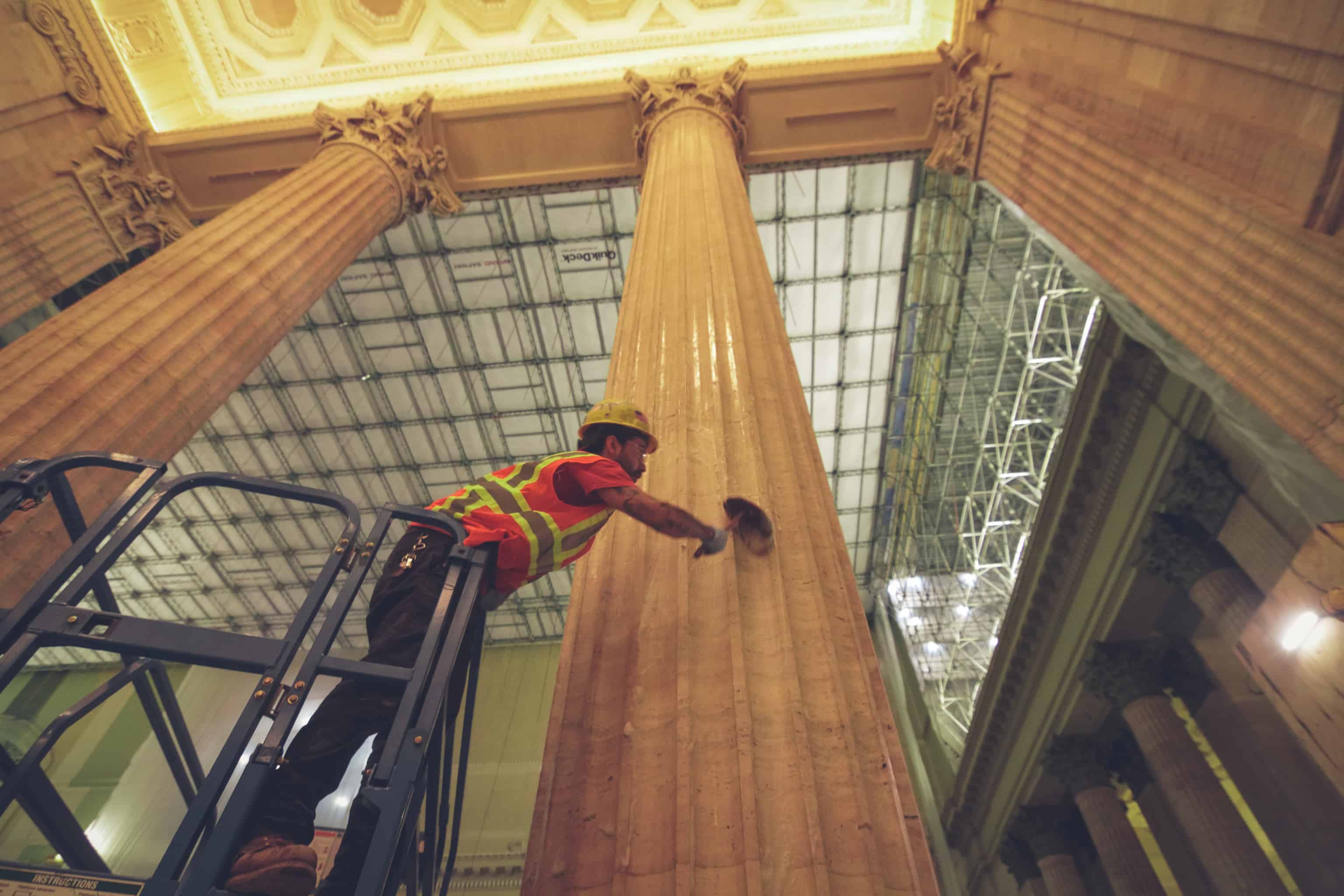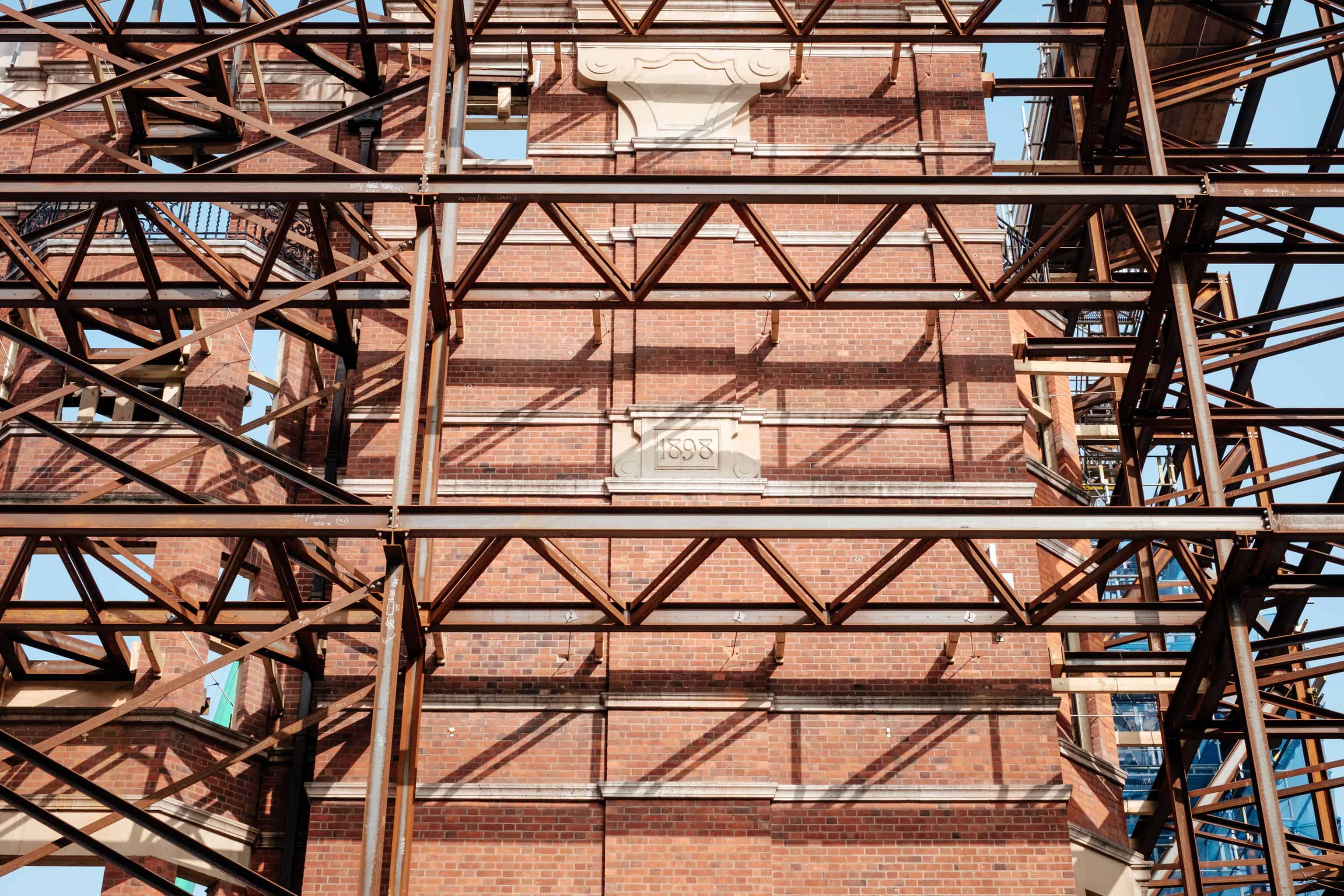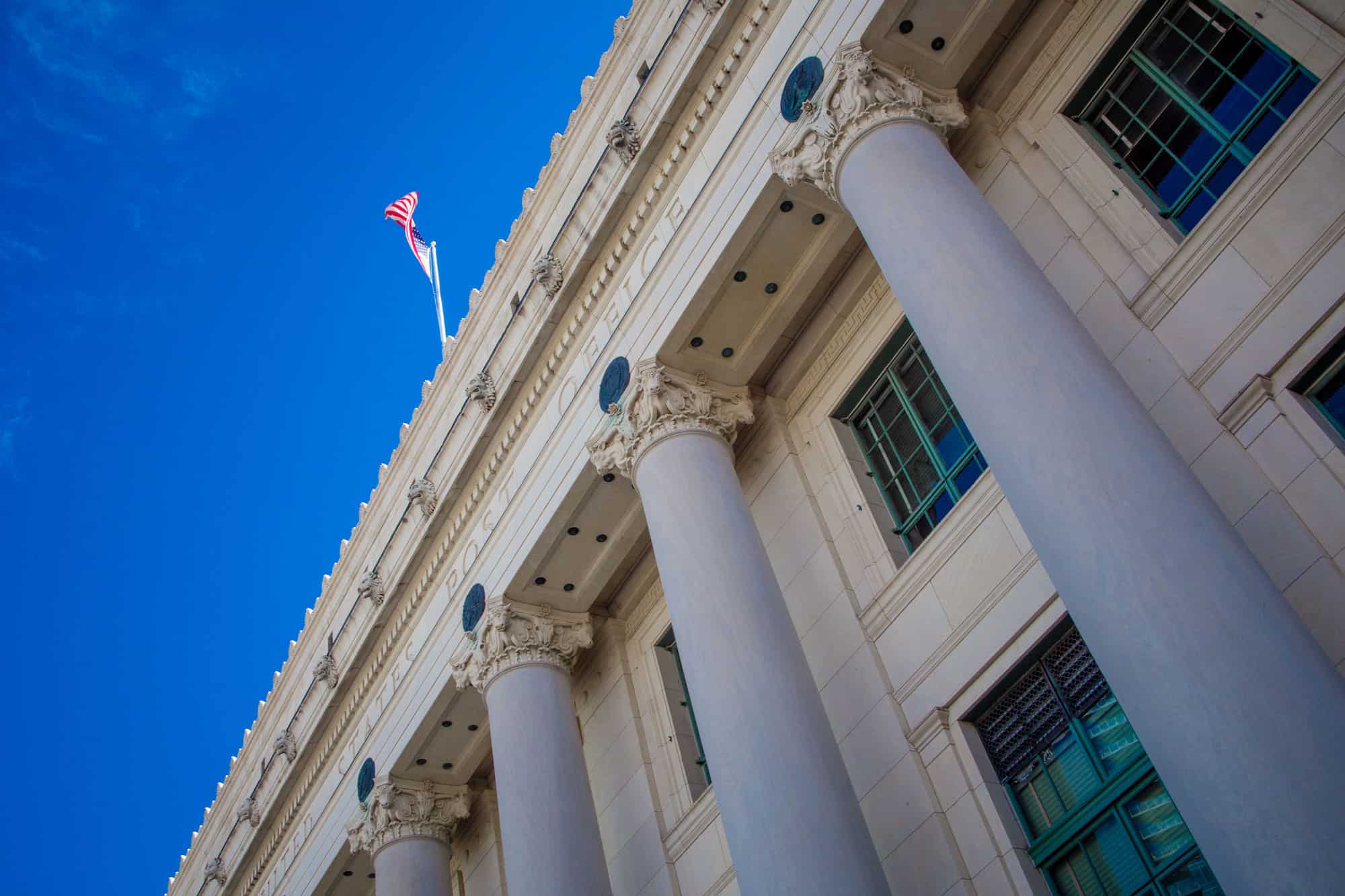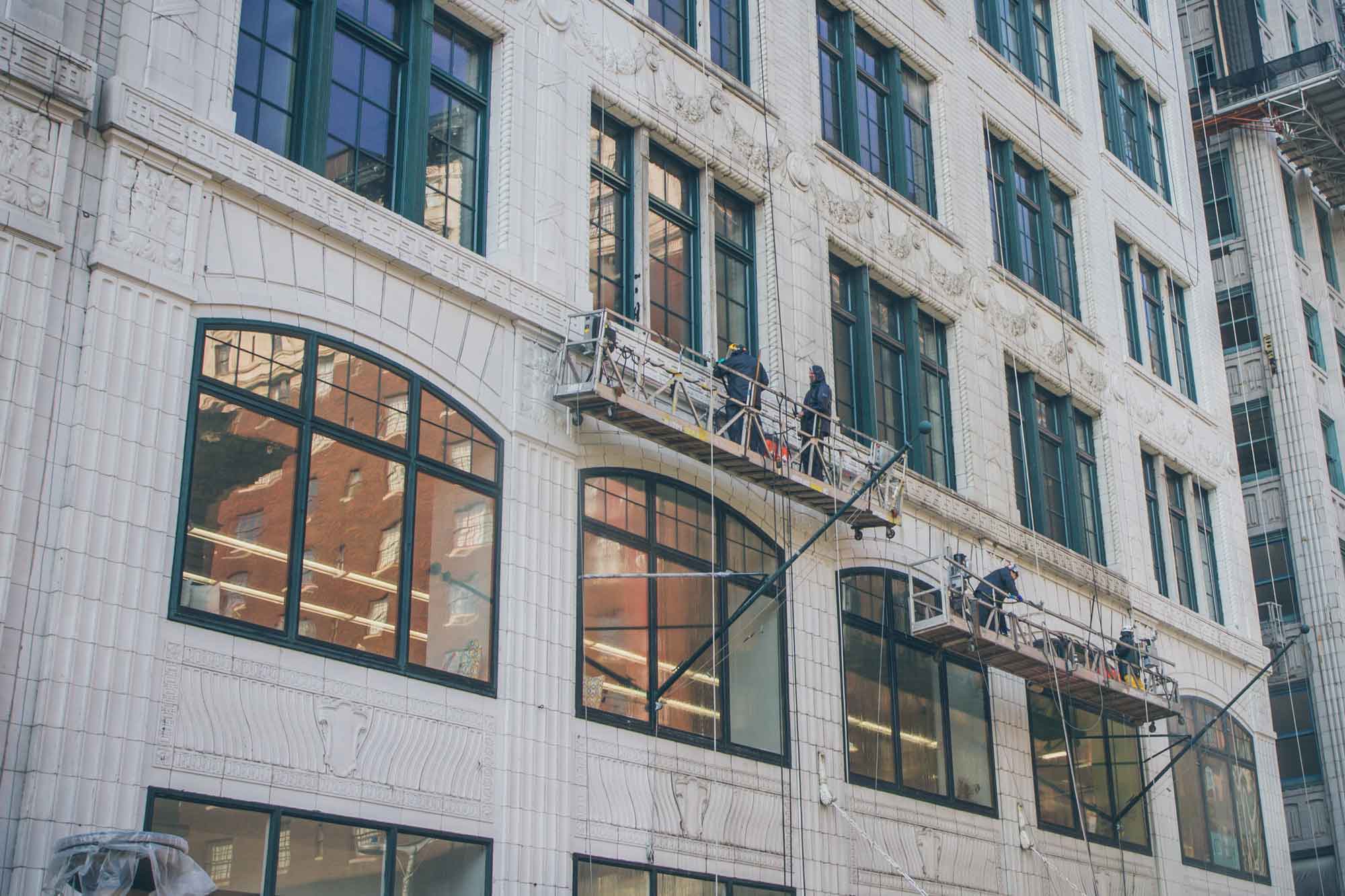Everyone knows the home you grow up in is more than just four walls. It stores the memories of the lives it shelters. Every room has meaning, every flaw or sign of wear has a story. That’s why when a home is torn down or a family moves out, the moment is often met with emotion and tears.
Every building is greater than the sum of its parts.
It’s no wonder that historic building preservation is a vibrant industry filled with passionate professionals. The passion comes from preserving the stories and history that make our buildings so important to the people that occupy and care for them.
What is Historic Building Preservation?
Historic preservation is the practice of protecting and preserving sites, structures or districts which reflect elements of local or national cultural, social, economic, political, archaeological or architectural history. Today, we primarily associate historic preservation with buildings, but it is a broader effort that began mainly in museums. Now, any item, place or building of historical, architectural or cultural significance can fall under the protection of a historic preservationist. We will get to more on that later.
The actual job is much more complex. Historic preservationists not only need to know how to preserve and protect historic buildings, they need to be able to research, determine what’s worthy of historic designation and navigate local, state and national regulations when working with historic places. They also need to abide by national guidelines for the treatment of historic properties. In many instances, they need to be able to diagnose what needs to be done to preserve a building.
In other words, to be an effective building preservationist, you must be part historian, part geologist, part lawyer and part chemist in order to do something as simple as clean the building façade. Saying a historic preservation expert wears many hats is an understatement.

Conservation vs. Preservation
There is a lot of confusion between the terms of conservation and preservation, and why wouldn’t there be? After all, the words, without context, are synonyms. Some cultures use the words interchangeably. But in the U.S., preservation and conservation mean different things.
In the field of historic building preservation, preservationists can work in several different ways to preserve cultural or historic property. Preservationists work in a host of fields including architecture, architectural history, conservation, engineering, landscape architecture, historic archaeology, construction, museums, city/state agencies, advocacy, and heritage tourism. In these fields, each preservationist could have a different focus, such as research, documentation, and designation of historic sites, advocacy, or involvement in physical preservation, which includes the application of the Secretary of the Interior’s Standards for the Treatment of Historic Properties.
In the U.S., conservation can mean two things: environmental (nature) or cultural property. Those who work in environmental conservation are called conservationists, and those who work on cultural property are called conservators. Conservators do the physical work to save cultural property. Their work includes examination, documentation, treatment and preventative care. Each of these activities are supported by research and education. Conservators can work in a variety of disciplines, such as paintings, book & paper, archaeological artifacts, textiles, and architecture. Each specialization requires either graduate study or study under a senior colleague. Architectural conservators work on historic buildings and typically help determine the cause of deterioration or staining and help craft a treatment plan based on research, testing, and evaluation.
In historic preservation, we often find teams of preservationists and conservators working together to ensure that the historic building and its materials are treated in the most appropriate way.
The biggest difference between historic preservation and conservation, though, is that preservation includes a much broader thinking regarding historic properties. Preservation considers the history of a neighborhood and its cultural context. It’s not just the buildings themselves that are worth preserving, but also the story they tell. It’s up to a preservationist to identify what’s important to include in that story. Preservation includes the designation of properties, while a conservator is typically hired to treat a work because it is already known to be significant. In that way, architectural conservation is a discipline under that greater historic preservation field, but often the terms are used interchangeably.

The History of Historic Building Preservation in the U.S.
Formal activities of historic building preservation in the United States began as early as 1850, but many grassroots efforts began as early at the 18th century. The first building to receive historic designation from the United States government was a home that served as George Washington’s headquarters in Newburgh, N.Y., during the Revolutionary War. The early preservation movement focused on Revolutionary War landmarks and those associated with public figures of importance like George Washington’s estate, Mount Vernon.
Since its creation, the National Trust for Historic Preservation has led the charge for preserving buildings of historic significance in communities nationwide, as well as lobbying for additional laws governing historic buildings.
Then, in 1966, the U.S. government passed the National Historic Preservation Act, which established the National Register of Historic Buildings (NRHP). This landmark registry has given private property owners incentives for protecting their historic buildings. As a result, 80,000 registered buildings are protected nationwide as a part of the NRHP.

